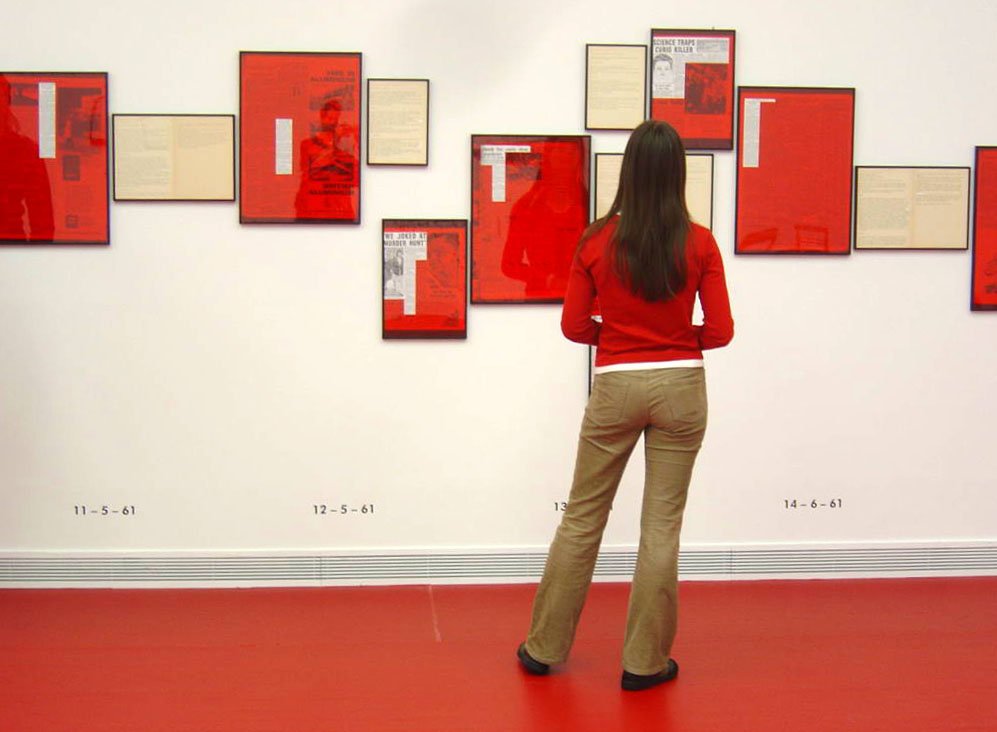

THE EPO and USPTO both mention blockchain patents, which are a form of software patents (and remember exclusion of software patents in Europe, Alice in the US, 35 U.S.C. ۤ 101 and so on). Why are these silly patents being celebrated so much?
The Blockchain Revolution: Time To Ramp Up Your Software Patenting Effort?
As you read this article, hundreds of startups and other organizations are working on blockchain applications in such areas as energy trading, data storage trading, peer-to-peer lending, and verifying professional or other credentials.
A lot of these organizations, including tech giants and large financial institutions, are seeking patents on these applications, a rush reminiscent of the one that occurred in the 1990's and 2000's with the advent of the World Wide Web and e-commerce. What are the current prospects for this new wave of blockchain-related patent applications?
Computing giant and prolific blockchain researcher IBM has applied to patent a system that would use distributed ledger technology (DLT) to address privacy and security concerns associated with the increasing usage of drones in both commercial and recreational applications.
According to documents made public on Thursday by the US Patent and Trademark Office (USPTO), IBM first applied for the patent, the latest in its growing library of prospective blockchain applications, in March 2017.
"These patents are what we've come to refer to as 'fake patents', i.e. patents or applications that are just enough to fool the USPTO examiners into granting them (but not enough to fool courts)."These patents are obsolete. Patent Trial and Appeal Board (PTAB) inter partes reviews (IPRs), sometimes affirmed by the Federal Circuit, have already trashed a lot of abstract IBM patents. Surely IBM knows that all these patents that it's amassing might impress examiners (who were previously bossed by IBM's David Kappos), but courts would not be impressed.
Why do these examiners still grant such patents? ⬆